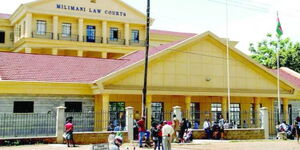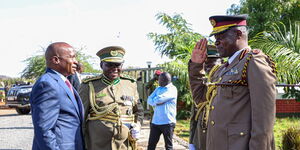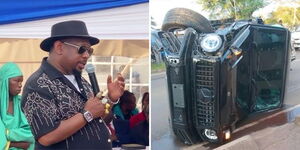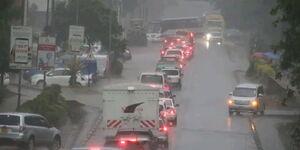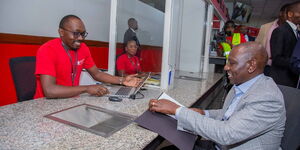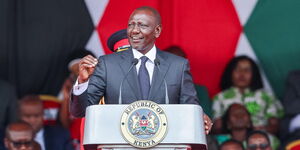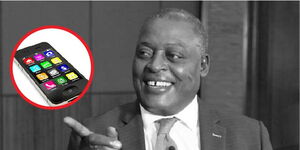The Independent Electoral and Boundaries Commission (IEBC) says it will address hitches related to results transmission witnessed during the simulation at Bomas of Kenya last week.
Speaking during an interview on NTV on Wednesday, June 15, IEBC Chief Executive Officer (CEO), Marjan Hussein Marjan, blamed the hitches on network coverage, adding that they had met with service providers to rectify the hitches.
He explained that the transmission of results from the polling stations was being done under a public network hence the delays witnessed given the number of data that was being sent.
"We had some challenges but they are not things that we cannot be able to resolve. It was an issue of 2,900 stations transmitting the results at the same time and ordinarily, that is not the expectation
"We have met with the service providers and we are looking for ways through which we can efficiently transmit the results to deal with the delays. When you have a shared resource, you cannot control that," Marjan stated.
However, he revealed that IEBC also uses a private and secured link that will assure the integrity of the results.
"We have two networks. One is the public network that we are sharing. Between the polling station to the mobile providers, that will be public but between them and our data center is private. That will be clearly under our control."
Further, Marjan expressed confidence in the technology that will be used in the polls even as he stated that there would be no use of the manual register in this year's election.
He stated that IEBC had developed various methods that will be used to verify voters whose fingerprints may be worn out.
In regard to the controversy over the transfer of one million voters, Marjan stated that they were verifying all the details, promising to take action against electoral officers who may have illegally transferred voters.
"The physical register is a replica of what is in the Kenya Integrated Election Management System (KIEMS) kit and we will use biometrics for the purposes of identifying voters you must carry your ID or passport.
"If you do not have biometrics, we can be able to use your ID. After identifying that the person who is presenting the ID matches the images on the document, we will then make a determination."

